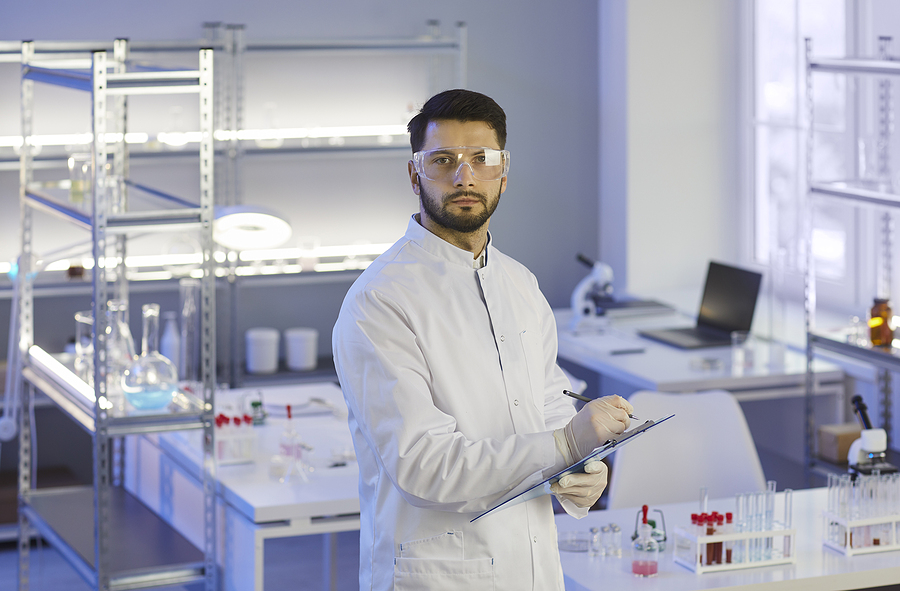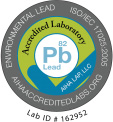
The disease takes its name from the first outbreak in which the waterborne bacterium was identified as the cause. It was in 1976 when this outbreak occurred, in a Philadelphia hotel where the Pennsylvania American Legion was holding a convention.
Legionnaires’ disease is contracted when water droplets containing Legionella bacteria are inhaled. Approximately 10 percent of people who contract Legionnaires’ die, according to the CDC, and it is more common in the summer and early fall. It can happen any time of the year and cases are on the rise.
The number of cases reported to the CDC have steadily risen. Health departments reported nearly 10,000 cases of Legionnaires’ disease in the United States in 2018. However, because Legionnaires’ disease is likely underdiagnosed, this number may be higher. In fact a recent study estimated that the true number of Legionnaires’ disease cases may be almost 3 times higher than what is reported.
Some Important Statistics:
CDC researchers compared patterns associated with cases reported to the CDC before and during the rise. From 1992-2002, they found an average of 1,221 cases reported each year, compared to an average of 4,369 cases reported annually during 2003-18. The age-standardized average incidence was 0.48 cases for every 100,000 Americans during 1992-2002, compared to 2.71 cases per 100,000 in 2018.
Most increases were in the Middle Atlantic and New England regions. Almost two-thirds of Legionnaires’ disease cases have no known cause, but better water management can reduce risk in buildings with complex water systems.
Those with an increased risk of Legionnaires’ disease include adults 50 years or older who have a history of smoking, a weak or compromised immune system, chronic lung disease or an underlying health condition such as diabetes.
Possible Causes for Increase:
Attention to Legionella has been heightened by the Covid-19 pandemic. Some health experts express concern that a prior infection with the virus that causes Covid-19 could make a person more susceptible to Legionella. It’s important to note there’s an even more pressing concern connecting the two. This connection could be a cause for the increase. Building shut-downs through the spring and summer have left warm water stagnant in pipes creating a perfect environment for Legionella to multiply. Most hotels, offices, schools and other buildings had been left fully or partially vacant for long periods of time.
Climate change may also play a role. Longer summers stress the cooling devices used by large buildings. Increased rainfall may also be a cause for the increase.
There are no vaccines that can prevent Legionnaires’ disease. The best way to prevent Legionnaires’ disease is to maintain the water supply properly. This will reduce the likelihood of Legionella bacteria being able to grow and multiply. Water systems should be periodically inspected and, if necessary, disinfected. Water features and fountains should be routinely cleaned. If you suspect you have been exposed to the Legionella bacteria, contact your healthcare provider immediately.
SanAir Technologies Laboratory utilizes Environmental Legionella Isolation Techniques Evaluation (ELITE) Program, and is the only official Legionella testing certification program in U.S. The ELITE Program was created by Centers for Disease Control and Prevention (CDC) as a way for laboratories to test their Legionella isolation techniques proficiency against standardized samples.












